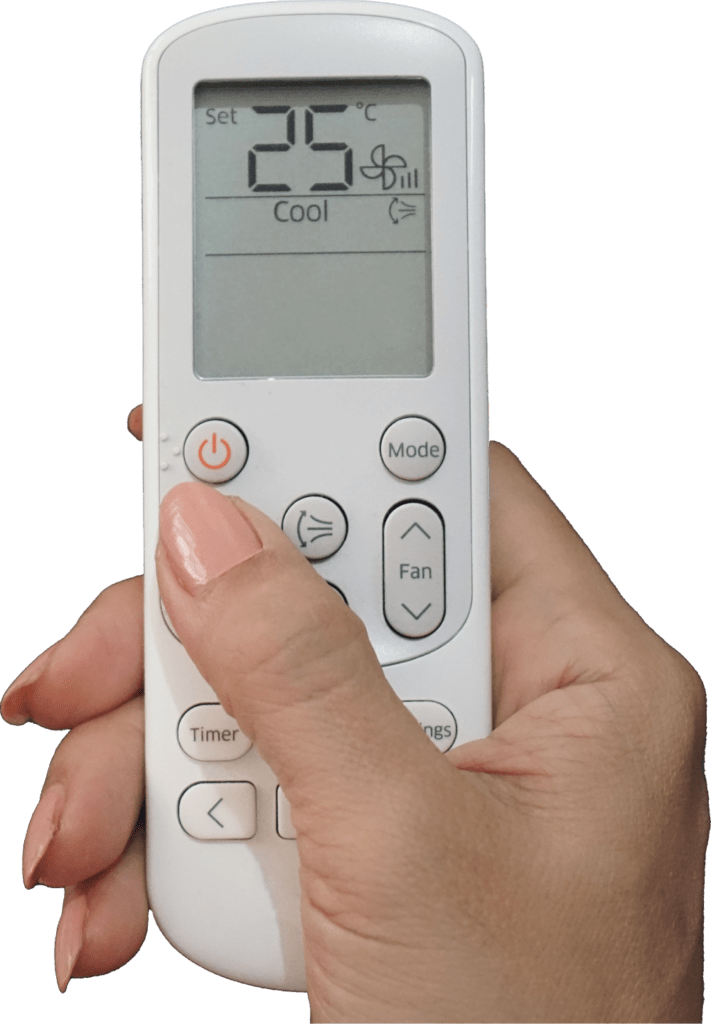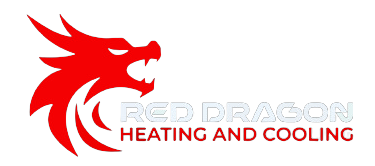- 518.348.9000
- [email protected]
- 117 Van Rd Gloversville,NY 12078
Heat Pump Maintenance: Essential Tips for Optimal Performance
Routine maintenance of heat pumps is essential for ensuring efficiency and longevity. Without proper care, a heat pump can lose efficiency, consume more energy, and cause unexpected repair costs. Regular maintenance can extend the life of the heat pump and save money in the long term.
Many homeowners overlook the importance of consistent upkeep, leading to avoidable issues. Simple tasks like cleaning filters and checking refrigerant levels can make a significant difference. A well-maintained heat pump not only performs better but also contributes to a comfortable living environment.
By understanding the key steps involved in heat pump maintenance, homeowners can keep their systems running smoothly. It’s not just about handling minor problems; it’s about preventing them from arising in the first place. Proper maintenance ensures that the heat pump operates at peak performance throughout the year.

518 Red Dragon Service Areas Include :

Amsterdam
Amsterdam Heat Pump Maintenance

Gloversville
Gloversville Heat Pump Maintenance

Johnstown
Johnstown Heat Pump Maintenance

Broadalbin
Broadalbin Heat Pump Maintenance

Fonda
Fonda Heat Pump Maintenance
Mayfield
Mayfield Heat Pump Maintenance
Northville
Northville Heat Pump Maintenance

Understanding Heat Pump Systems
Heat pump systems are an efficient method for heating and cooling buildings. This section will cover the primary types of heat pumps, how they function, and the importance of regular maintenance to ensure longevity and efficiency.
Types of Heat Pumps
There are three main types of heat pumps: air source, ground source, and water source. Air source heat pumps exchange heat between the air outside and inside a building. They are the most common type due to their easy installation and cost-effectiveness.
Ground source heat pumps (also known as geothermal heat pumps) use the stable temperatures underground to provide heating and cooling. These systems are more energy-efficient but have higher installation costs due to the need for extensive ground loop systems.
Water source heat pumps utilize a body of water, such as a lake or well, to exchange thermal energy. They are highly efficient and reliable, provided there’s an accessible and sufficient water source.
How Heat Pumps Operate
Heat pumps function based on the principles of heat transfer, utilizing refrigerants to move heat from one location to another. During the heating mode, a heat pump extracts heat energy from the outside air, ground, or water and transfers it indoors.
In cooling mode, the process reverses. The heat pump extracts heat from inside the building and releases it outside, effectively cooling the indoor environment. This cycle is achieved with components like compressors, expansion valves, and heat exchangers working together seamlessly.
Benefits of Regular Maintenance
Regular maintenance of heat pump systems ensures that they operate efficiently and last longer. Key maintenance tasks include cleaning or replacing air filters, checking refrigerant levels, and inspecting ductwork for leaks.
Scheduled maintenance can also help identify and address minor issues before they become major problems. This proactive approach reduces the risk of system breakdowns and ensures the heat pump operates at peak efficiency, ultimately saving on energy costs. Proper upkeep also extends the lifespan of the system, providing reliable heating and cooling for years.
Comprehensive Maintenance Guide
Properly maintaining a heat pump involves inspecting various components, cleaning them, checking refrigerant levels, testing electrical connections, and assessing the thermostat’s function.
Inspecting the Heat Pump
Regular inspection of the heat pump ensures it operates efficiently. Look for any visible signs of wear or damage on the unit. Make sure the outdoor unit is free of debris, leaves, and other obstructions. Inspect filters and replace or clean them if necessary, as dirty filters can reduce system efficiency.
Cleaning Components
Cleaning the components is crucial for the optimal performance of a heat pump. Clean the coils inside the unit to ensure good heat transfer. Remove dust and debris from the blower fan blades and other internal parts. Maintain a clear area around the outdoor unit to prevent airflow issues.

Checking Refrigerant Levels
Refrigerant levels must be adequate for the heat pump to function efficiently. Low refrigerant levels can lead to poor heating or cooling performance. Use pressure gauges to check the refrigerant levels; if they are too low, it’s essential to contact a professional to recharge the system and check for leaks.
Testing Electrical Connections
Electrical connections must be tested to prevent failures. Verify that all wiring and connections are secure and free of corrosion. Inspect the capacitors and contactors for signs of wear and replace them if necessary. Ensure that the thermostat’s wiring is in good condition and properly connected.
Assessing Thermostat Function
The thermostat’s function is critical for regulating temperature. Ensure the thermostat settings are accurate and responsive. Check the calibration to guarantee it reads the correct temperature. Replace the batteries if they are low. It’s also important to update any software or firmware if the thermostat supports it.
WHAT WE DO
Expert HVAC Care, Always.


Residential Installations
Trust us to transform your space into a haven of perfect climate control with our expert HVAC installations.

Commercial Installations
Trust us to transform your space into a haven of perfect climate control with our expert HVAC installations.

Thermostat Installations
Trust us to transform your space into a haven of perfect climate control with our expert HVAC installations.

Air Quality Solutions
Trust us to transform your space into a haven of perfect climate control with our expert HVAC installations.
